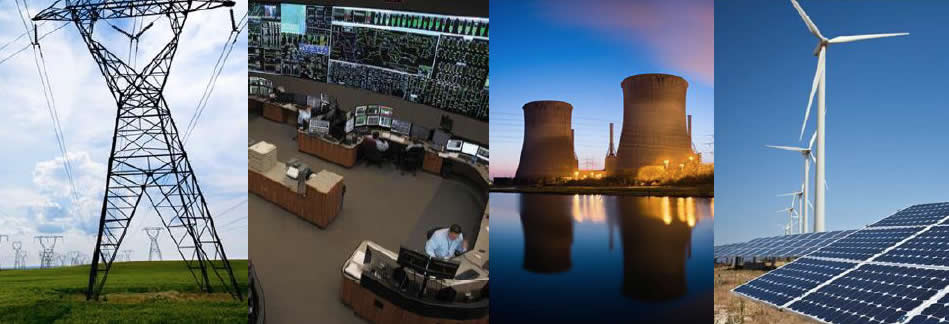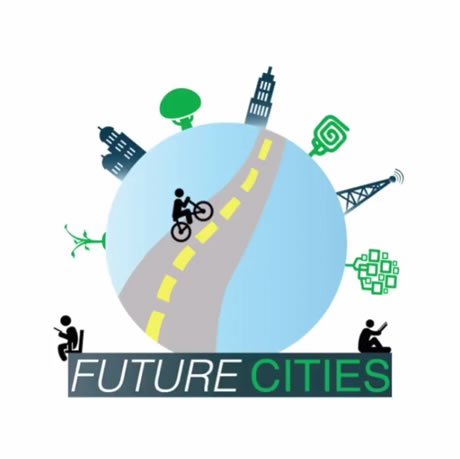Since launching the Resilience Engineering Institute (REI) in February 2018, REI members have been busy shaping perspectives on resilience across the US. REI members were invited to attend and speak at five events across military, private, and academic industries. These events span a breadth of topics from training the next generation of US soldier to manage crisis in urban areas to building an international research network to address natural disasters across the world. The breadth of topics shows the growing influence of resilience theory and practice in diverse industries and settings. Moreover, REI’s participation shaping these events shows that resilience engineering concepts provide important guidance for decision-making in an untold number of stressful situations, from planning a military attack to protecting a city from oncoming disaster.
Author: WeWorldMedia-admin
The word resilience appears in many forms: in music, on TV, in books. In each case, the use of the word is relative to a particular perspective or school of thought– but what IS resilience? A recent podcast produced by the group Future Cities interviews Resilience Engineering Institute COO Daniel Eisenberg to better understand resilience of engineered systems.
It’s conference season again and there’s a great line-up to choose from. We’ve summarized some of our favorites in a series of blog posts. Check our calendar page to see more conferences on resilience, sustainability, infrastructure, and disaster management. Our first review is ISSST 2018.
There is a new Urban Resilience Education program offering a Master degree in City Resilience Design and Management. The program is a joint effort between the Urban Resilience Research Network (URNet) and the School of Architecture at Universitat Internacional de Catalunya. Classes begin 1 October 2018. The following is a brief summary of the program. You can visit the program website to learn more.
Framing and implementing sustainability and resilience in the broad realm of urban studies is a challenge which few universities are poised to accomplish through their existing educational programs.



